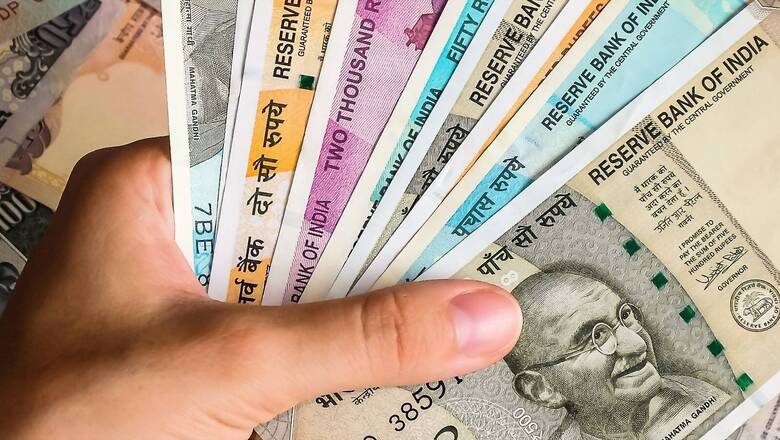
views
Dismissing the apprehensions over India’s external debt, the government has said that out of the country’s total external liability of $620.7 billion, the Centre’s share is just $130.8 billion or 21 per cent of the total debt liability, including its special drawing right (SDR) allocation, according to an ET report.
“The rumour doing the rounds that the central government is burdened with debt is baseless,” the ET report said quoting a source. The source added that more than 40 per cent of the debt is by non-financial corporations.
According to the RBI‘s latest data, at the end of March 2022, India’s external debt was placed at $620.7 billion, recording an increase of $47.1 billion over its level at end-March 2021. The external debt-to-GDP ratio declined to 19.9 per cent at the end of March 2022 from 21.2 per cent at the end of March 2021.
“Valuation gains due to the appreciation of the US dollar vis-à-vis Indian rupee and major currencies such as yen, SDR2, and euro were placed at US$ 11.7 billion. Excluding the valuation effect, external debt would have increased by US$ 58.8 billion instead of US$ 47.1 billion at end-March 2022 over end-March 2021,” according to the RBI.
According to the ET report, officials clarified the debt position after concerns over India’s external debt as $267 billion repayments are due in less than one year. This caused apprehension that repayments would further erode India’s foreign exchange reserves and cause more currency depreciation.
“This analysis is incomplete, incorrect, and it misses some basic facts,” the report quoted a source as saying.
While it is true that payment of $267.7 billion of debt is due in less than a year, the Centre’s share in this is just $7.7 billion or less than 3 per cent, thus the debt level of the government is very much manageable and stands out safe, said the report quoting officials.
According to the RBI, at the end of March 2022, long-term debt (with an original maturity of above one year) was placed at $499.1 billion, recording an increase of $26.5 billion over its level at the end of March 2021.
The share of short-term debt (with original maturity of up to one year) in total external debt increased to 19.6 per cent at end-March 2022 from 17.6 per cent at end-March 2021. Similarly, the ratio of short-term debt (original maturity) to foreign exchange reserves increased to 20.0 per cent at end-March 2022 (17.5 per cent at end-March 2021).
US dollar-denominated debt remained the largest component of India’s external debt, with a share of 53.2 per cent at end-March 2022, followed by debt denominated in the Indian rupee (31.2 per cent), SDR (6.6 per cent), yen (5.4 per cent), and the euro (2.9 per cent). The outstanding debt of both government and non-government sectors increased during 2021-22.
Debt service (i.e., principal repayments and interest payments) declined to 5.2 per cent of current receipts at end-March 2022 as compared with 8.2 per cent at end-March 2021, reflecting lower repayments and higher current receipts.
Read all the Latest News, Breaking News, watch Top Videos and Live TV here.



















Comments
0 comment